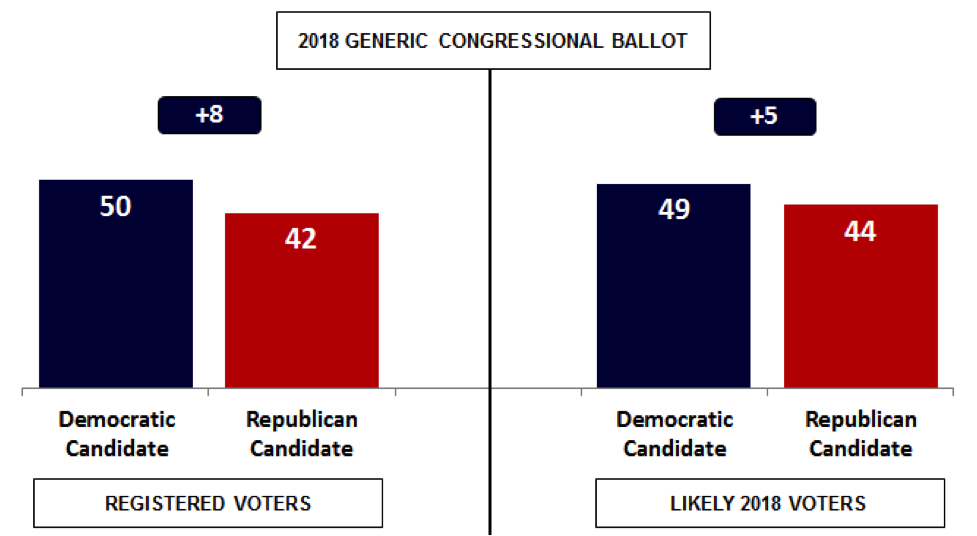Maybe Steve Bannon is right that stoking the flames of identity politics creates an environment where Democrats calling for big economic change don’t get heard. We saw in the polling we recently released with Public Citizen that Donald Trump has high approval marks when it comes to ‘keeping jobs in the US’ (+27) and ‘putting American workers before the interests of big corporations’ (+7).
* * * * *
But two things catch our eye in this poll to suggest the election could take shape in very different ways by next year. First, watch the seniors and Baby-Boomers. With acute sensitivity to the impact of health care changes, seniors and Boomers are giving particularly high negative marks to Trump and Republicans. The Democrats even hold a 2-point lead in the generic ballot among seniors, breaking the age pattern that has shaped our recent elections.
Second, in our first poll testing a 2020 presidential contest between Donald Trump and Elizabeth Warren, the Senator wins by 12-points (54 to 42 percent). In coming polls, we will test other potential nominees, but that result is some measure of the real structure of the partisan balance.
Methodology: National phone survey of 1,000 registered voters conducted by Democracy Corps and Greenberg Research from September 30 – October 6, 2017. The survey was matched to voter file and 67 percent of respondents were reached by cell phones. Of these registered voters, 667 are “likely voters” in 2018. Greenberg Research maintains its own survey and weighting methods, independent of surveys released by GQRR.








